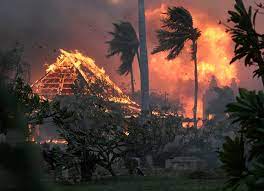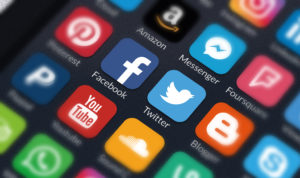In times of crisis, like the devastating Maui fires that have recently swept across the landscape, social media emerges as a powerful tool that connects, informs, and supports communities in ways previously unimaginable. While social media platforms often receive criticism for their negative aspects, there’s a flip side to the coin. These platforms have demonstrated their capacity to foster unity, disseminate critical information, and provide a much-needed emotional outlet during trying times.
One of the most remarkable facets of social media is its ability to swiftly relay information to a wide audience. During crises like the Maui fires, platforms like Twitter, Facebook, and Instagram become information hubs where official updates, evacuation routes, shelter locations, and donation opportunities are shared rapidly. This real-time flow of information empowers individuals to make informed decisions, prioritize safety, and support relief efforts.
Beyond the practicality of information sharing, social media extends a virtual hand of support. People affected by the crisis can connect with others facing similar challenges, creating a sense of community and understanding. Emotional resilience is fortified as individuals share their experiences, offer words of encouragement, and find solace in the realization that they are not alone.
Additionally, social media’s reach transcends geographical boundaries, enabling people worldwide to contribute to relief efforts. Fundraising campaigns, donation drives, and calls for volunteers can quickly circulate, garnering much-needed resources for affected communities.
However, a balanced approach is essential. While social media can be a lifeline, it’s important to ensure that the information being shared is accurate and verified. Misinformation can exacerbate panic and confusion, hampering relief efforts.
In the face of crises like the Maui fires, social media’s potential to instill hope, solidarity, and actionable support cannot be overstated. It empowers individuals to become agents of change, turning digital connections into tangible aid. By utilizing these platforms responsibly, we can transform them into beacons of light amidst even the darkest of times.







